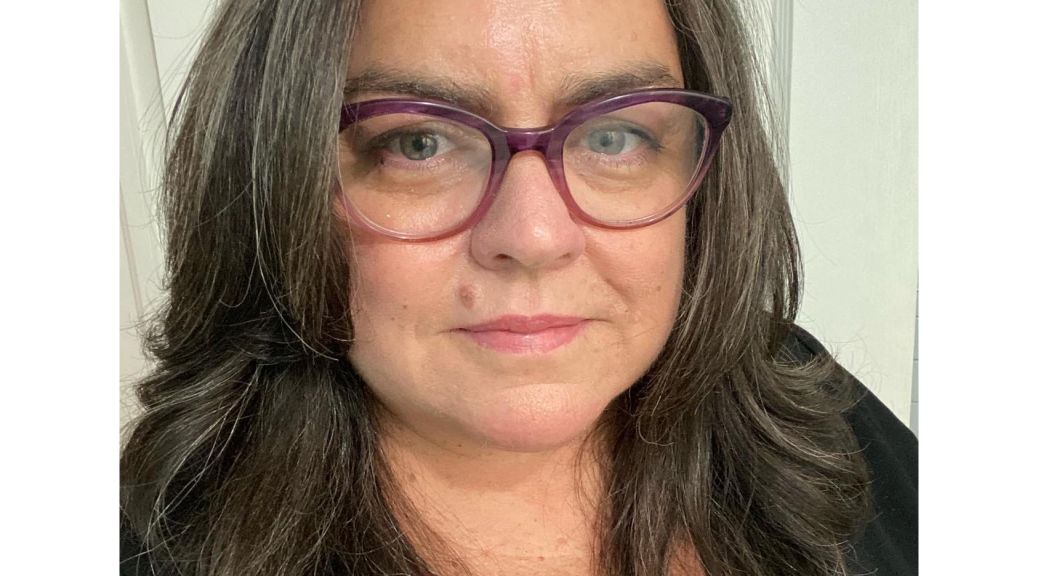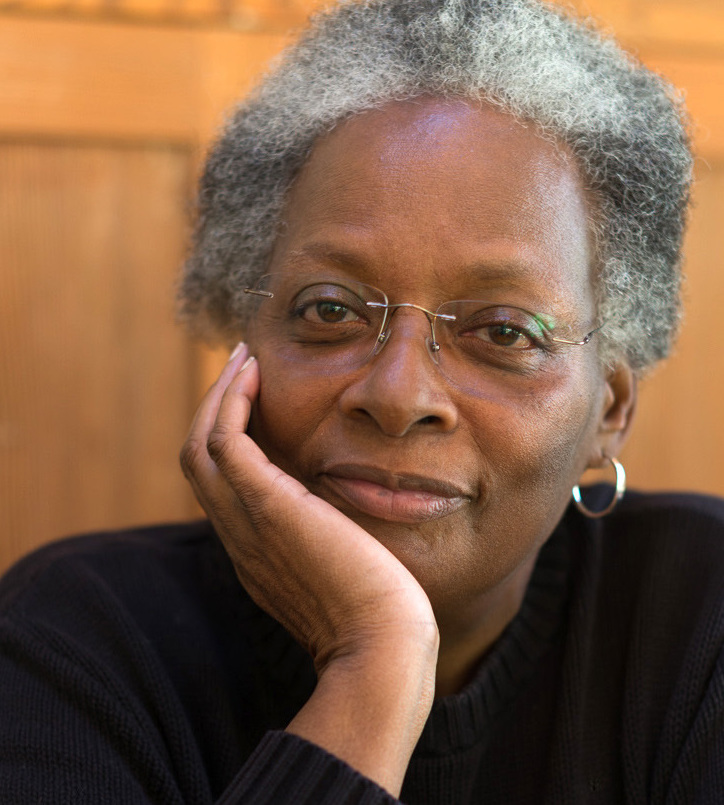Post contributed by Lindsey Allison, Primary Sources Teaching Fellow and MSLS student at UNC-Chapel Hill.
Stop by the Hubbard Case in Perkins Library to see some of the items mentioned in this post on display.
An archive like that at Duke University can be approached from numerous angles. Professors might partner with the Rubenstein Library to encourage student engagement with materials that are relevant to their courses. Students might flock to the reading room to fulfill requirements for a paper. Researchers from across the world might visit the Rubenstein’s collections to identify sources that pertain to their independent studies. There is also the possibility that people might visit the reading room out of pure curiosity, stumbling in search of rare books, letters, and artifacts that are simply “cool” to them. I found myself in this category while perusing the catalog for a topic that could be reflected well in an exhibit, and I was pleased to see how a streak of curiosity can lead down a rabbit hole of literary exploration.
Beginning my quest by analyzing works celebrating an anniversary year, I found myself in the middle of a pastoral tale full of drama, love, and a surprising amount of sheep, as known as Thomas Hardy’s fourth novel, Far from the Madding Crowd.

In January 1874, Thomas Hardy obliged Sir Leslie Stephen, editor of Cornhill Magazine, by publishing his novel serially for Cornhill readers to enjoy. Describing his work as a story involving “a young woman-farmer, a shepherd, and a sergeant of cavalry,” Hardy set forth on a yearlong adventure of watching the public and critics receive his novel before him (Hardy 1928, 125). Later that year on November 23, 1874, Hardy saw the publication of his work in its entire form. While reading the novel, which is an experience in and of itself, is where some people end their journey down this Victorian English path, the Rubenstein’s holdings allow for a much deeper dive of Hardy’s process to and through publication, from an exploration of his title to the aftermath of the story in his wake.
While we can give Hardy credit for the storyline and characters that emerge in his novel, the title must be attributed to another prominent figure in English poetry, Thomas Gray. Hardy’s use of Far from the Madding Crowd is a direct reference to Gray’s 1751 poem, Elegy Written in a Country Churchyard, where Gray writes:
“Far from the madding crowd’s ignoble strife
Their sober wishes never learn’d to stray;
Along the cool sequester’d vale of life
They kept the noiseless tenor of their way.”
The Rubenstein is home to various versions of Gray’s poem, many of which include illustrations to accompany the famous line later used in Hardy’s title. An 1850 edition includes illustrations by R. S. Gilbert, depicting two adults and two children in their home, with one woman gazing into the distance while the other helps a child to read. An 1861 edition includes an image, created by E.V.B. and engraved by William Meason, depicting angels in their robes. An 1887 edition includes illustrations by Alfred Woodruff, centering the focus on a cemetery, with plants overtaking the emerging gravestones on the stanza’s partnering page. An 1899 edition pictures a cottage set off from a path, surrounded by the sky and vegetation. While Gray’s poem was published nearly a century before Hardy’s birth, the Rubenstein’s holdings create the space to imagine how Hardy may have seen the poem for the first time, and how its presentation led him to use one of Gray’s lines as the title for his work.

Jumping further down the rabbit hole of this investigation, I then pulled two books by Florence Emily Hardy, Hardy’s second wife, with the hope of learning more about the historical context surrounding Hardy’s process of creating and publishing Far from the Madding Crowd. The first of the two books, The Early Life of Thomas Hardy, which covers his life from 1840 to 1891, is where the drama began to unfold. While published under Florence Hardy’s name with an understanding that Hardy himself contributed much of the work, the reception of this book has been contested by some scholars in the field. Some believe that Florence altered much of the text from its original form, a topic covered thoroughly by Michael Millgate in The Life and Work of Thomas Hardy, which was published with Hardy’s name after Millgate edited the work to resemble Hardy’s final version. Other scholars in the field have responded to this controversy, such as Tim Dolin in the 2007 article, “The Early Life and Later Years of Thomas Hardy: An Argument for a New Edition,” calling for Florence Hardy’s text to be reinstated as a credible account. Regardless of the criticism for Florence Hardy’s Early Life, the work presents additional information on Hardy’s writing practices as his novel continued to be published serially in Cornhill.
“So Hardy went on writing Far from the Madding Crowd—sometimes indoors, sometimes out—when he would occasionally find himself without a scrap of paper at the very moment that he felt volumes. In such circumstances he would use large dead leaves, white chips left by the wood-cutters, or pieces of stone or slate that came to hand. He used to say that when he carried a pocket-book his mind was barren as the Sahara” (Hardy 1928, 127).

Duke University is also home to additional texts that provide understanding to the world that Hardy lived in and how it was brought to life on the page. One book in particular, Hardy’s Wessex by Hermann Lea, showcases the real places that served as inspiration for Hardy’s setting, including images to better understand the farmland and lifestyle in Far from the Madding Crowd.

published in 1913, reprinted in 1928.
The Rubenstein also houses a few of Hardy’s papers in their archive. While they do not speak directly to this novel’s anniversary, they include some of Hardy’s correspondence and an etching of him completed by William Strang, an artist and printmaker who worked with other notable figures like Samuel Taylor Coleridge.
Now 150 years old, Far from the Madding Crowd is a story that continues to see itself adapted and discussed. You may have read it in an English course, watched it unfold on-screen, or never heard of the sheep-filled tale before now. No matter the case, Duke Libraries has just enough copies for you to join the fun of guessing who Bathsheba Everdene will marry in the end!
Interested in reading more on the topic of Hardy’s Far from the Madding Crowd? “Far from the Madding Crowd at 150: Seven Reflections” includes writings from a group of Victorian scholars, all focusing on a different aspect of the text and bringing forth their unique perspectives on Hardy’s work.
Works Cited
Gray, Thomas. Elegy Written in a Country Churchyard. London: Printed for the Guild of Women-Binders, 61 Charing Cross Road, W.C., 1899. David M. Rubenstein Rare Book & Manuscript Library, Duke University.
Hardy, Florence E. The Early Life of Thomas Hardy, 1840-1891. New York, The Macmillan Company, 1928. David M. Rubenstein Rare Book & Manuscript Library, Duke University.































